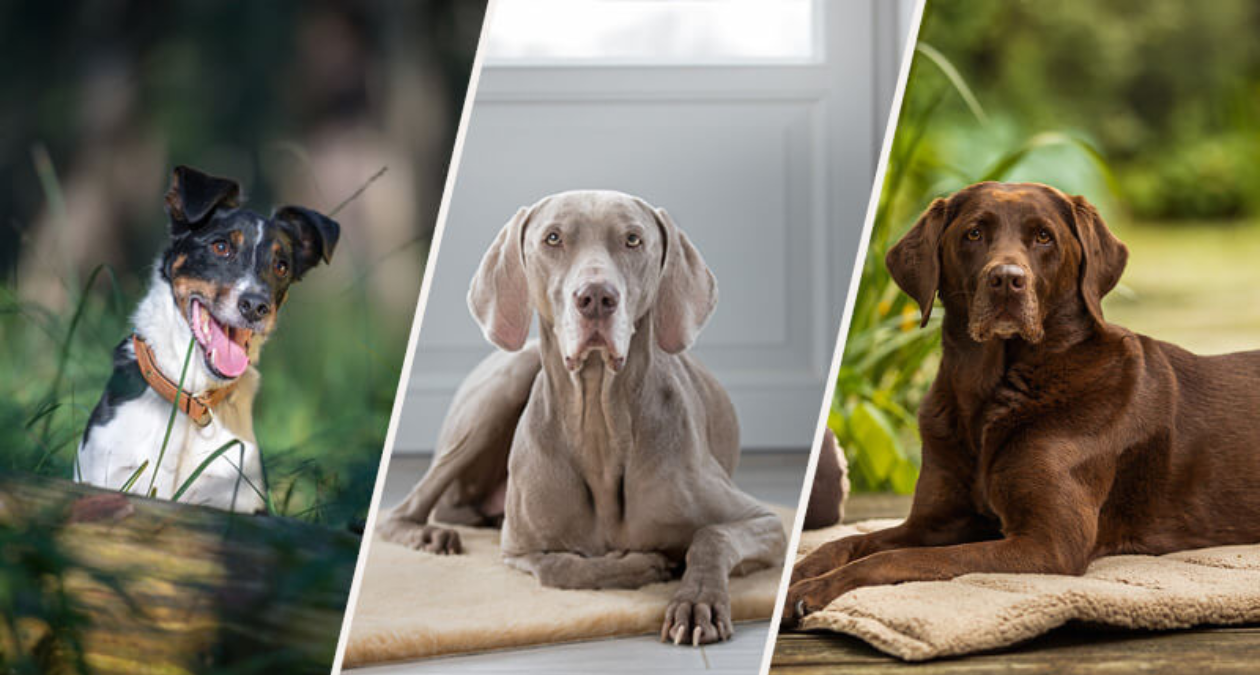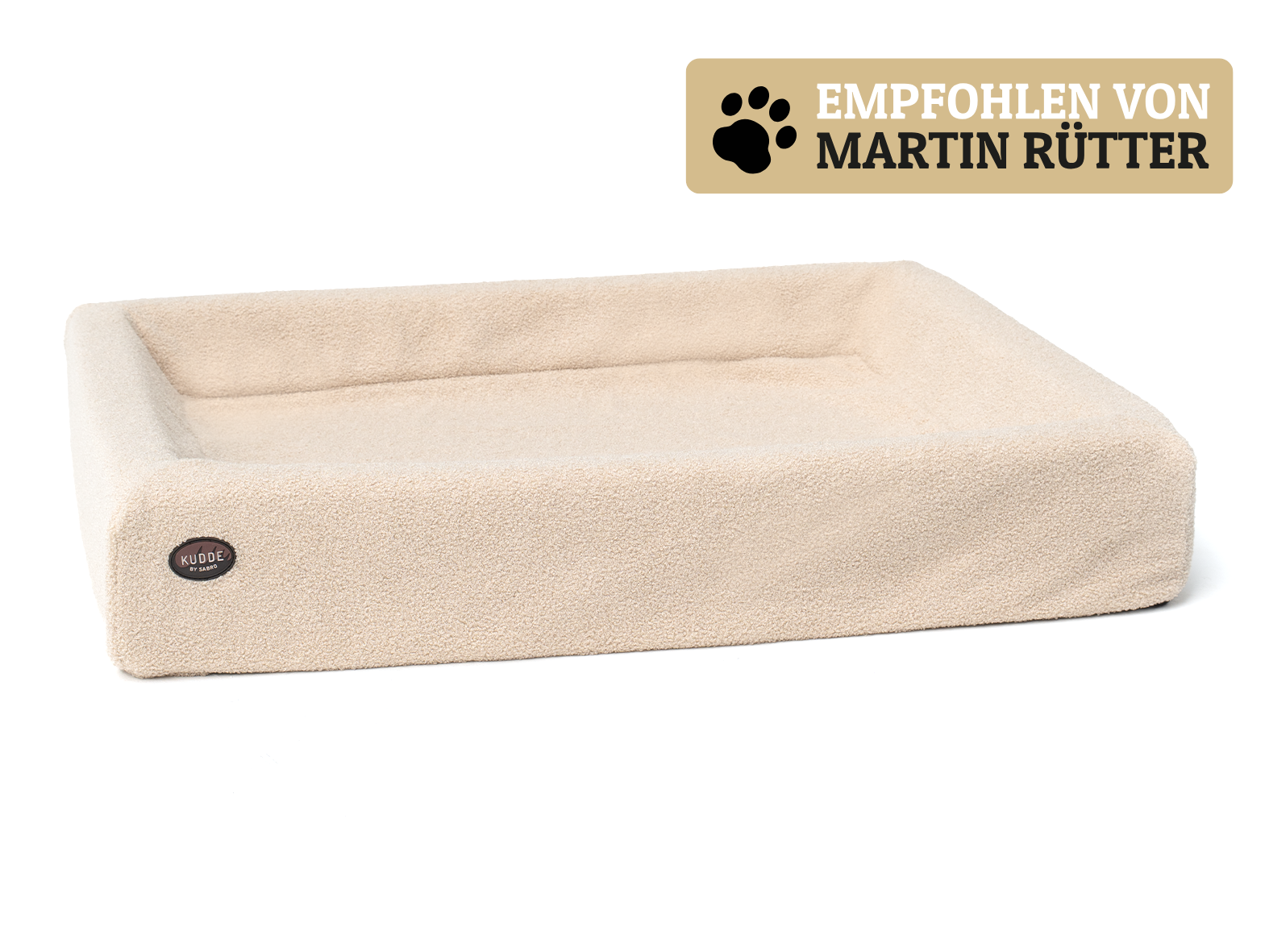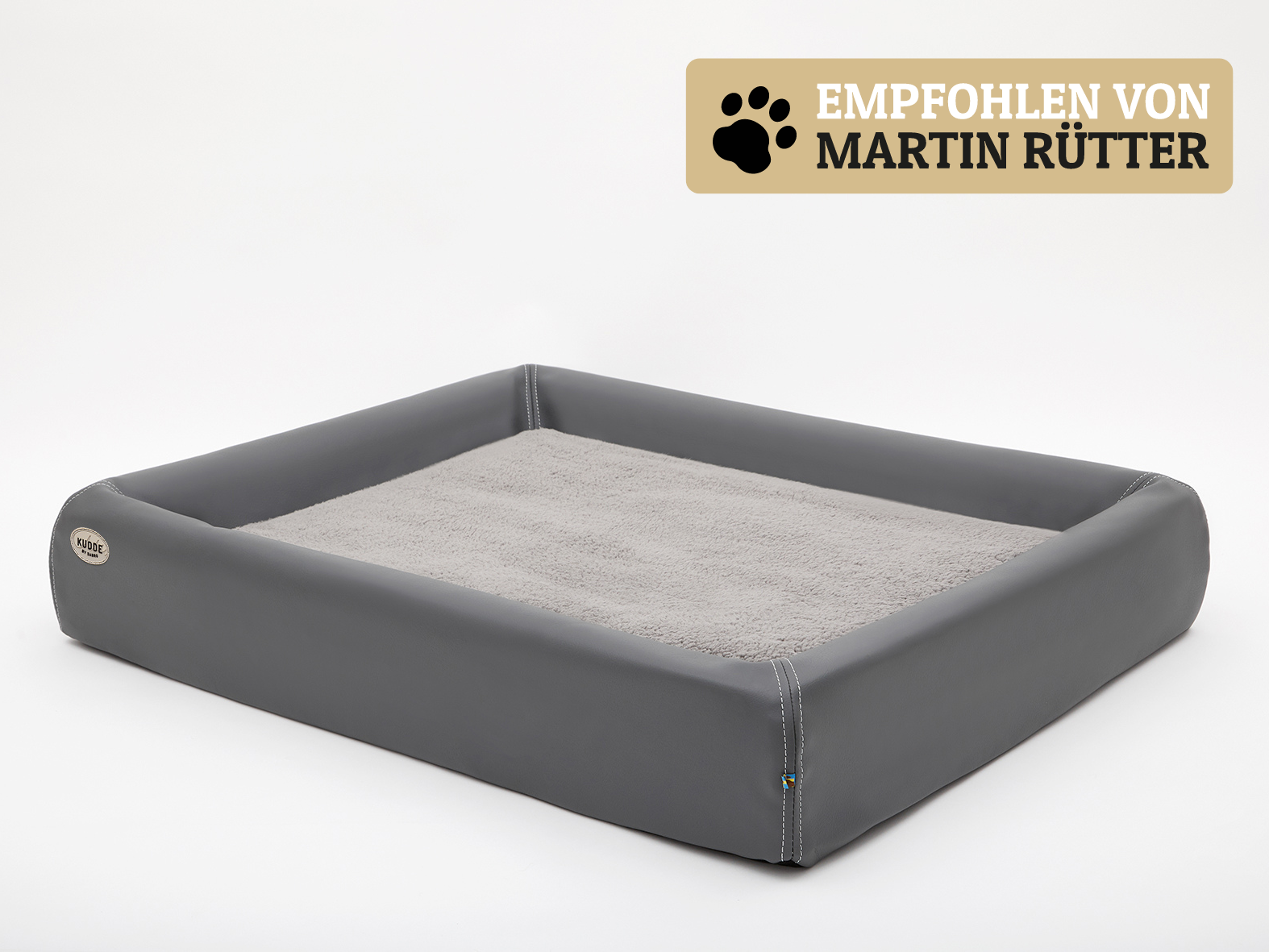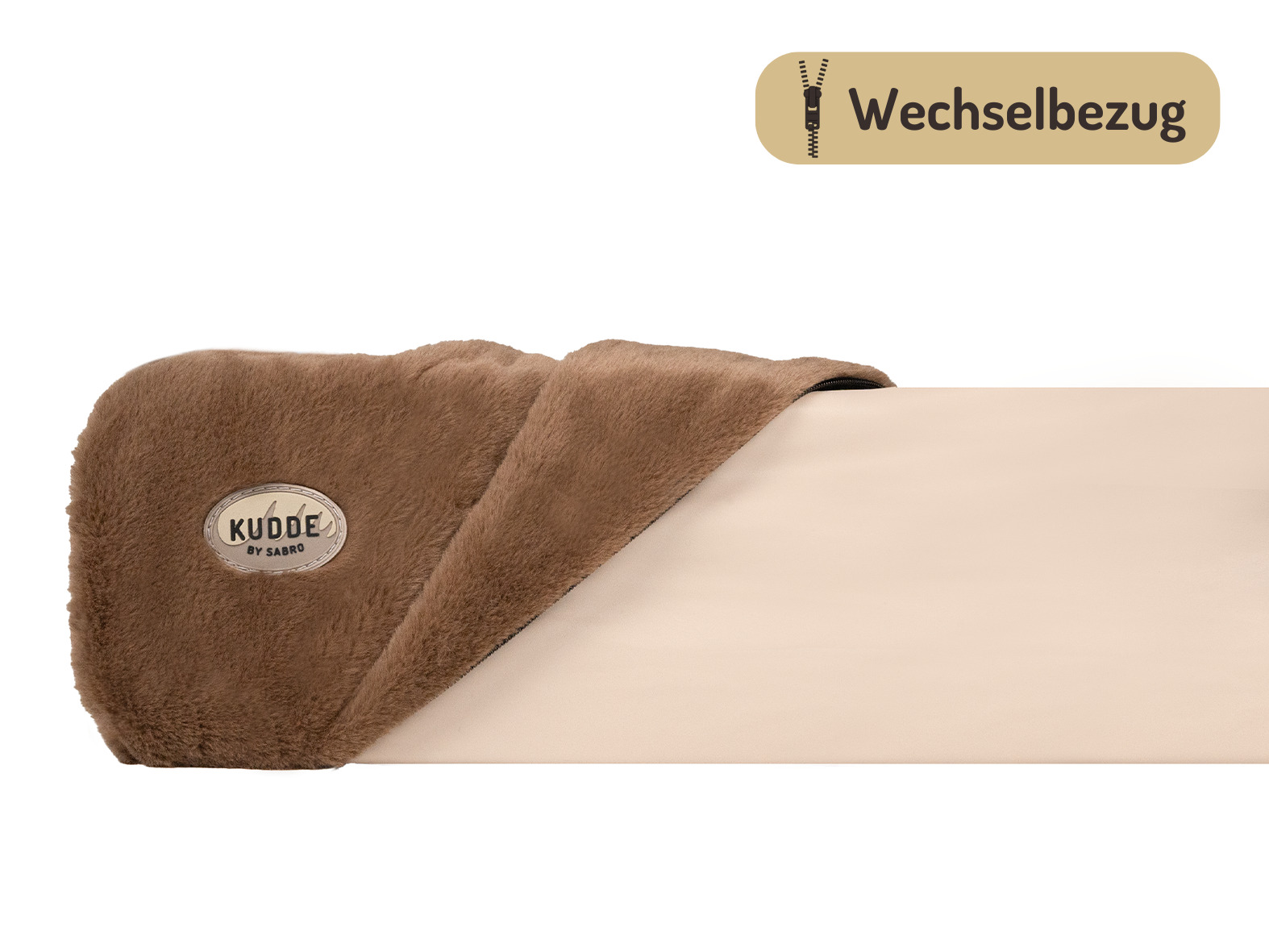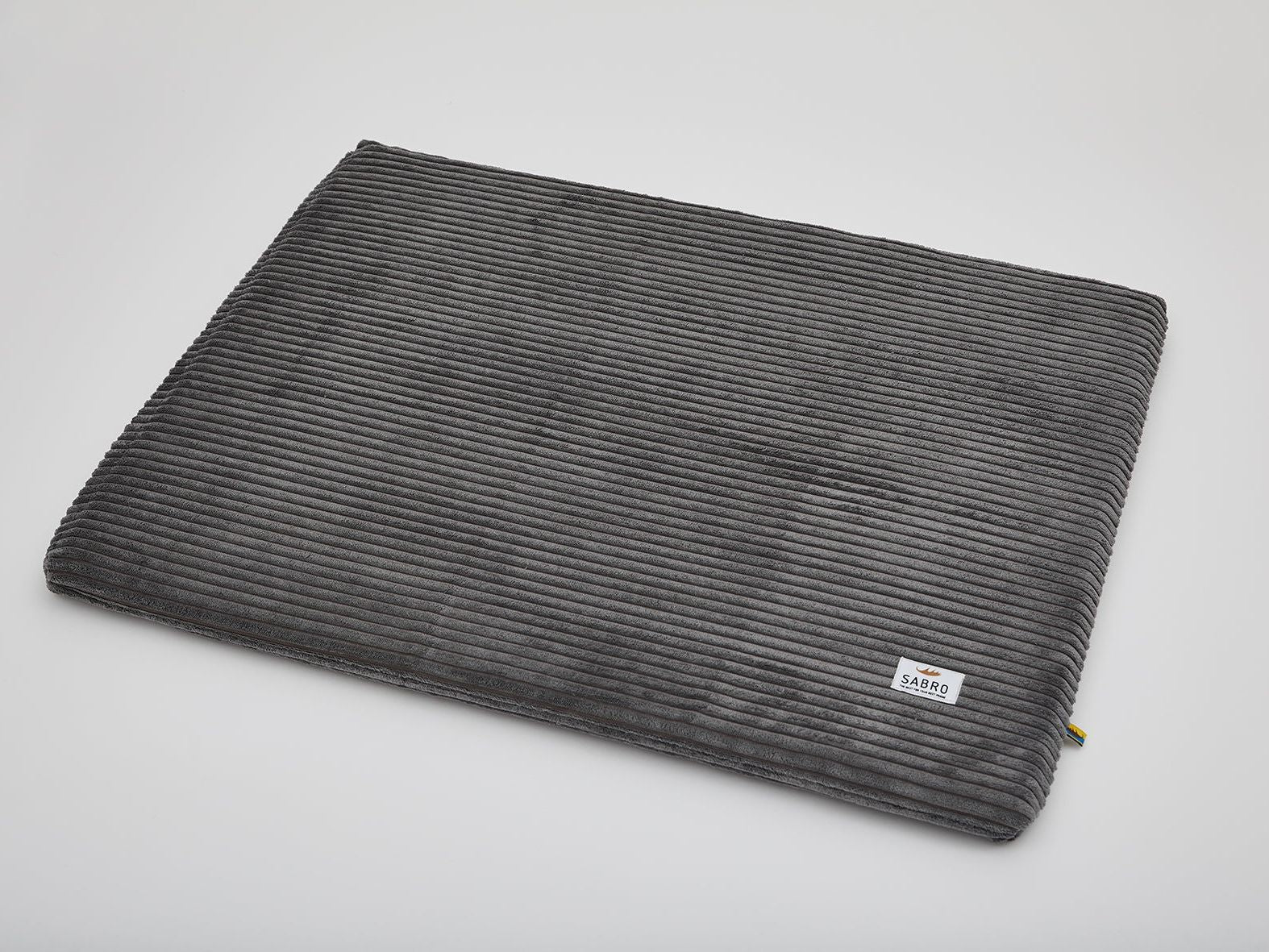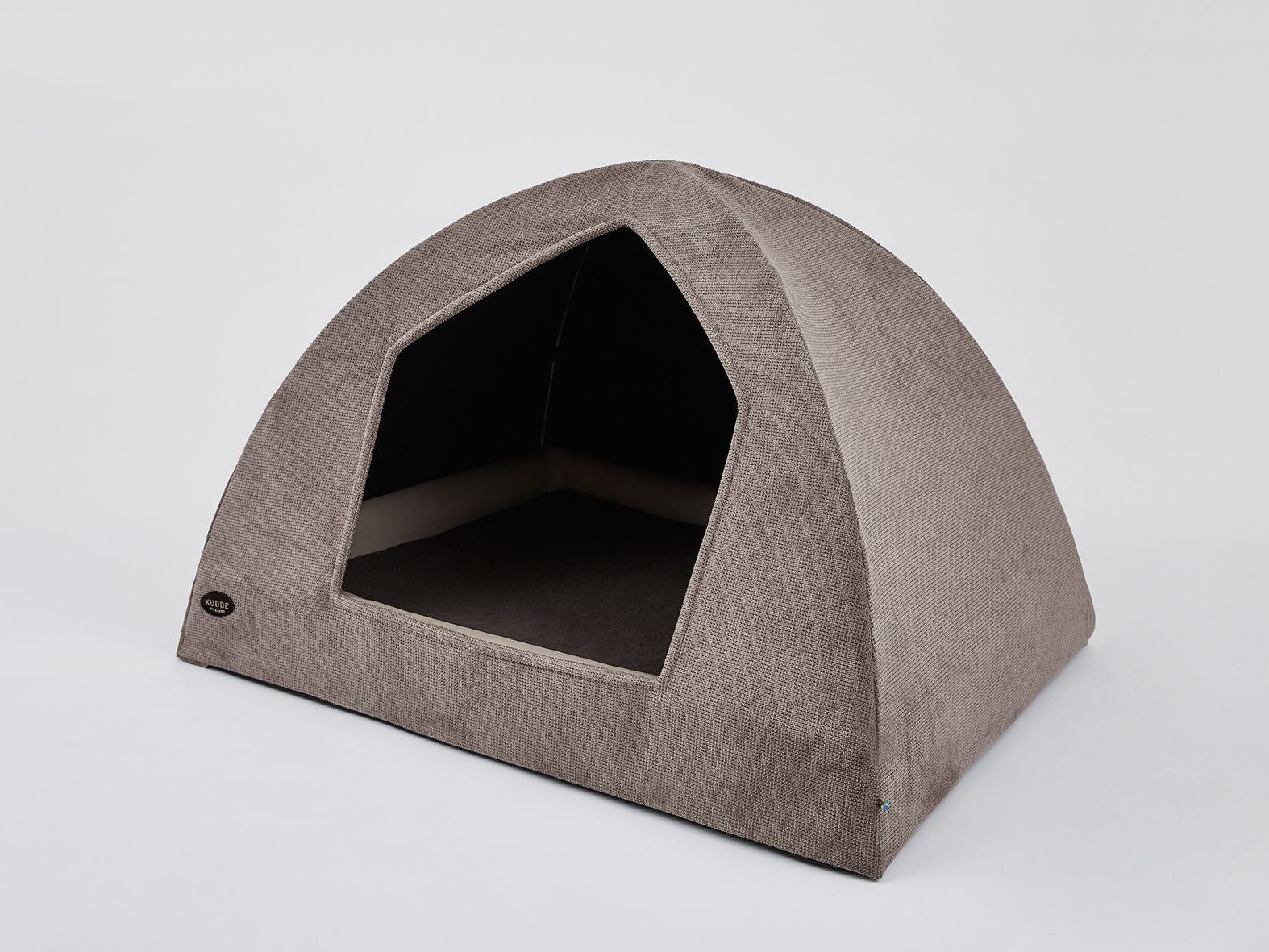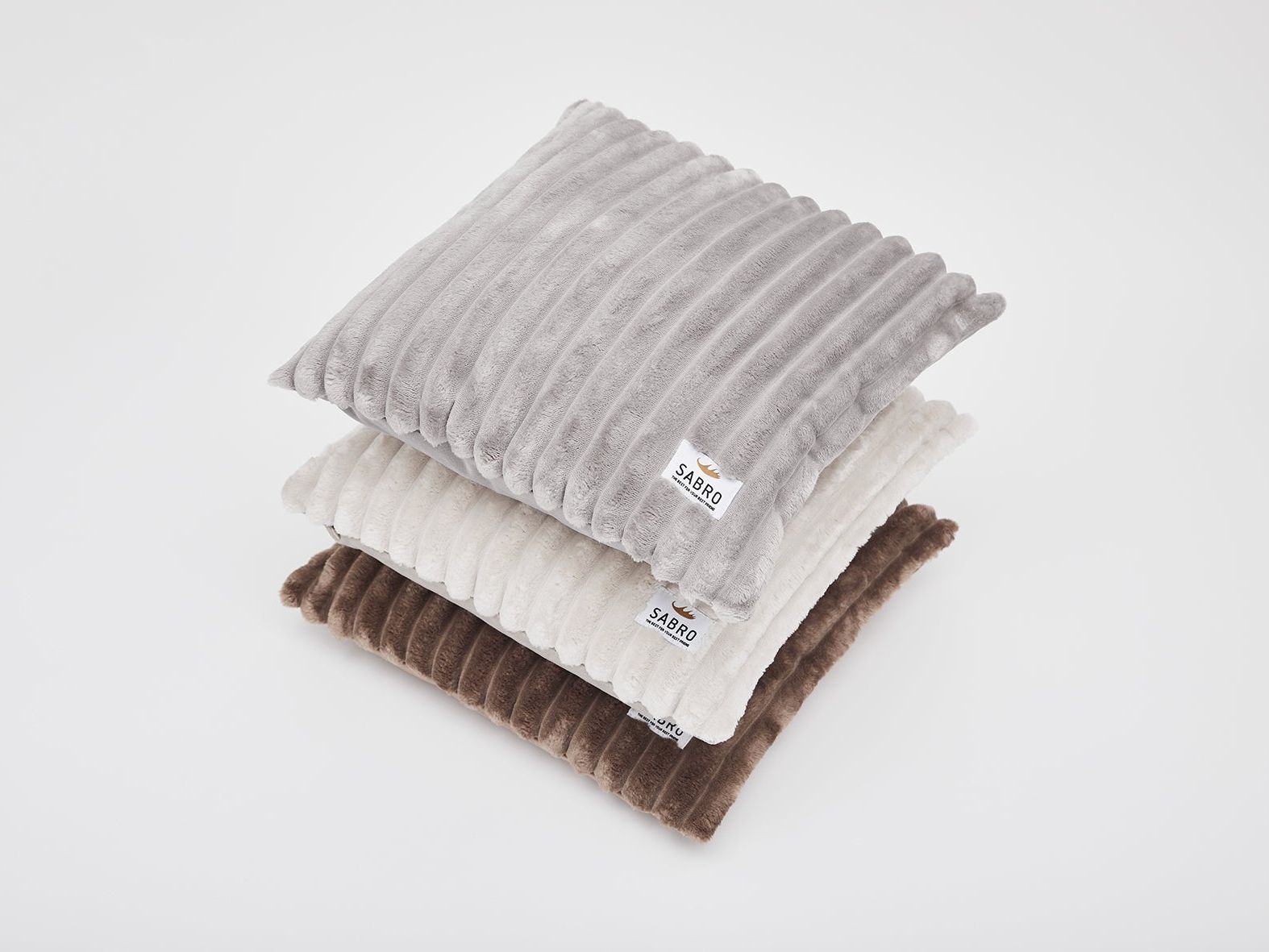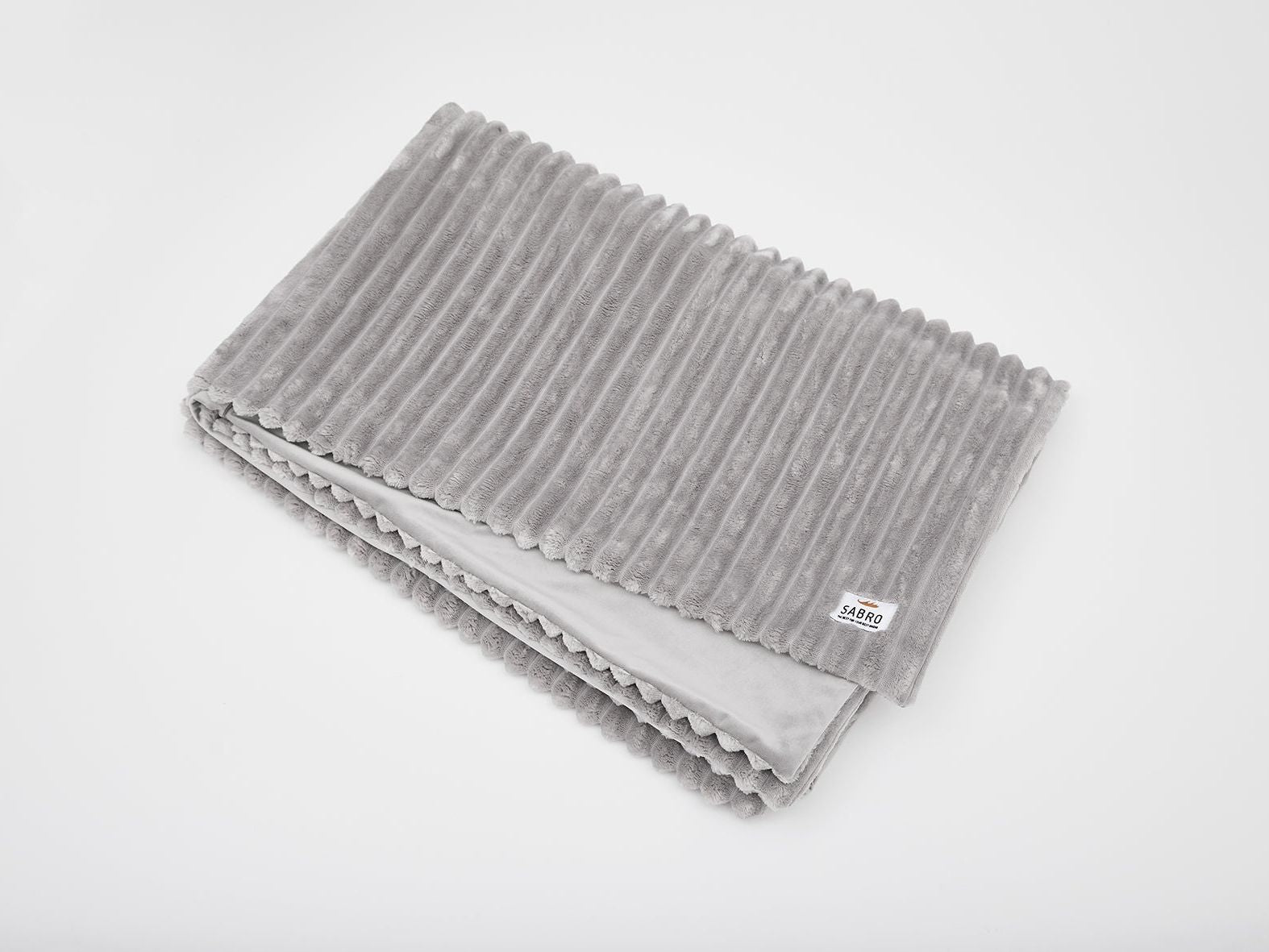Here is the second part of our breed portraits of selected hunting dogs: this time it's all about the Russell Terrier, the Weimaraner and the Labrador Retriever (representative of many Labrador crossbreeds). If you are interested in one of these breeds, we have some good tips for you.
- What characterizes a typical Russell Terrier?
- What should you pay particular attention to with the Weimaraner?
- Does the Labrador Retriever, often described as the perfect children's and family dog, suit you?
Even if you already have a representative of this breed or a Labrador mix such as the Labrador Retriever, you won't miss out: we'll tell you what should definitely be part of their equipment. There are sure to be things you want to get straight away.
Hunting dogs such as the Weimaraner, Labrador Retriever / Labrador crossbreed or Russell Terrier: Ideal for the city? Good for families?
The greatest character trait is already contained in the name of the species: Hunting. Most hunting dogs are equipped with a great nose for it and require a lot of activity. The Weimaraner, the Labrador mix and the Russell Terrier are no exception. Sitting next to the park bench by the duck pond with Grandma Liesbeth in the morning and nibbling dog cookies on the couch in the afternoon does not make a hunting dog happy. Action is the order of the day: lots of exercise and exciting tasks that challenge the hunting dog and keep him happy should be part of the daily program. Because you have to remember one thing: with a hunting dog or hunting dog crossbreed, you are more likely to have a sports car at your side than a camper van.
The Russell Terrier hunting dog: friendly and lively, courageous and lively
When it comes to Russell Terriers, many people first think of the Jack Russell Terrier, which often chases back and forth wildly and likes to travel with horsewomen. It originated around 150 years ago from the fox terrier in England, bred by a vicar called John Jack Russell. Like the dachshund, the Jack Russell was designed to be able to squeeze into the tight burrows of animals such as foxes, hence the name terrier from the French word 'terre' for earth. As the small hunting dog had to get on well with horses and people when hunting, it is still very friendly towards them today. The average Jack Russell Terrier is between 25 and 30 cm tall (height at withers) and weighs a good five to six kilograms. He always needs new challenges for his mind and body.
Due to its lively and stubborn nature, the typical Russell Terrier tends to be overconfident and does not avoid friction with larger dogs. True to the motto: Out of the way, here comes the king! Some owners are surprised and sometimes overwhelmed. Good training at is therefore essential, as a Russell Terrier will otherwise dance around on its owner's nose - rewards and positive feedback when it obeys have proven their worth.
In addition to the Jack Russell, there is also a larger version, as the Parson Russell Terrier also belongs to the Russell family. They grow up to 35 cm tall (height at withers) and can weigh between eight and ten kilograms. However, he is also athletic and slim, so it is good if he has an athletic person at his side in his fifteen to eighteen years of life, he also likes to run alongside horses. In addition to the Russell Terrier, there are many other representatives such as the Yorkshire Terrier, the Airdale Terrier, Westhighland Terrier, Fox Terrier, Bull Terrier and many more.
If you would like to have a Russell Terrier as a pet, there are a few things you should bear in mind:
- Russell Terriers are also suitable for agile and sporty beginner dogs, as they are characterized by a particularly friendly nature.
- Russell Terriers are lively and curious, make sure they get enough exercise, for example through agility, and ensure that they keep their athletic figure and do not put on excess weight.
- On walks in the woods, the Russell Terrier likes to escape from time to time and, especially when the ground is muddy, it can get quite dirty. If a bath is essential, use a dog-friendly shampoo.
- Regular grooming and checking of the claws, ears, eyes and teeth are important, so a Jack Russell Terrier should be accustomed to this from puppyhood - a special ear cleaner is recommended for the ears.
- Jack Russell Terriers are prone to tartar build-up, so schedule regular visits to the vet, because if this dental disease is not recognized, it can cause heart disease, for example. Tasty things to chew on that stimulate salivation are recommended.
You should get this equipment for your Russell Terrier:
- It is important to have a comfortable dog bed like our KUDDE that provides pressure-relieving support. The KUDDE dog bed is available in different versions, perfectly tailored to the preferences of your four-legged friend. Click here for our KUDDE dog beds.
- As hunting dogs, Russell Terriers love to be kept busy: you can awaken their hunting instinct with a toy and keep them occupied in an exciting way, otherwise they will quickly get silly ideas.
- A dog brush and tick tweezers should be part of your assortment if you keep a Russell Terrier, as it often moves close to the ground. A good dog towel for drying off is also a must in the household.
- A trimming comb or rubber harrow is also a good choice for the rough coat, as the coat tends to become matted and should be trimmed once a year.
The profile of the Weimaraner hunting dog: active and alert, loyal and intelligent
The elegant, silver-grey Weimaraner (also affectionately known as the Weimi) comes, one might assume, from Weimar in Thuringia and was bred there from the beginning of the 19th century. There has been no cross-breeding since then, making the Weimaraner the oldest pointing dog breed in Germany. Important to know: Weimaraners are very intelligent hunting dogs and have what is known as 'predator acuity'. In other words, they track down and kill wild animals on command. For good reason, Weimaraners are therefore usually only given to hunters, as this breed requires a hunting performance test. So if you want to keep a Weimaraner as a non-hunting dog, you will need plenty of activity and even more exercise. This is the only way he will be happy without hunting. And importantly: a Weimaraner is not a dog for beginners, you should have a lot of experience if you want to get involved with him.
This loyal and extremely affectionate dog tends to be the protector of his pack, which is why he tends to be suspicious of strangers. He also wants to be looked after: he doesn't like being left alone for long periods and quickly starts to get nervous and call or bark for his pack. Sitting at home is nothing for this active dog anyway: he needs to be kept busy, likes to work with his nose, head and body and needs lots of exercise.
Weimaraners tend to be known as one-person dogs; although they tolerate other partners and family members and see them as a pack, they are only suitable as family dogs to a limited extent, as they tend to put their high standards on the back burner. Weimaraners can live up to 14 years and can grow between 55 and 70 cm tall (height at withers). Their ideal weight should be between 30 and 40 kilograms and should not exceed this to keep them healthy. Good to know: the hunting dog can reach a running speed of up to 55 km/h, making it one of the fastest dogs. Puppies are characterized by their ice-blue eyes, but over the years these change to a shade of brown.
Before you give a Weimaraner hunting dog a home, it is important to consider a few things about its character and behavior:
- A hunting dog like the Weimaraner has an immense urge to move and needs plenty of exercise, ideally away from roads on natural ground and not in an apartment, but in a house with a garden.
- The Weimaraner is a pack dog that is there for you and protects you, and expects the same behavior from you.
- We recommend mantrailing, tracking or special hunting training with a dummy to give your dog's hunting instinct and urge to move free rein, because training should be at the top of your daily agenda.
- Like almost all hunting dogs, Weimaraners require consistent training and leadership without impatience or aggression.
- The long ears require proper care with an ear cleaner to prevent infections.
- Pay attention to your Weimaraner's eating behavior: he should not eat too quickly and should not be active immediately after eating, as this can cause so-called stomach twisting in this breed, a twisting of the stomach on its own axis, whereby the entrance and exit are closed.
The following accessories are recommended for your Weimaraner:
- To maintain your Weimaraner's good health and athleticism, treat him to a high-quality dog bed. As it relieves pressure, it is a particularly good choice for counteracting hip problems such as hip dysplasia.
- Our high-quality JOKKMOKK dog mats with a memory foam core are also ideal for keeping your Weimaraner healthy.
- As short-haired Weimaraners sometimes get cold in winter, a dog sweater and a dog coat are highly recommended and should not just be seen as a fashion accessory. You can also find suitable dog clothing in our store.
The Labrador Retriever or Labrador crossbreed: spirited and water-loving, active and looking for work
Together with the Golden Retriever, the Labrador Retriever has been one of the most popular dog breeds in Germany for many years. The true Labrador has been bred in England since the 19th century. The Labrador Retriever, on the other hand, takes its name from the island of Labrador, so its ancestors also come from the Canadian east coast, and the English term for retrieve, as it was primarily bred for fetching or retrieving shot animals, especially waterfowl (but also hares). A Labrador remembers exactly where the shot bird went down and retrieves it accurately. This is why this breed also enjoys water and retrieving things. If you look at the genes, a Labrador Retriever also contains Molossers, Newfoundlands and Great Danes, and a Weimaraner-Labrador mix is also possible. This diversity is also reflected in their character.
A Labrador Retriever wants to please its owner first and foremost (will-to-please). You should pay tribute to this fact when choosing this breed and give it the attention it deserves. The good thing: Retrievers generally have a very friendly nature, are patient with children and like to be stroked and pampered or rewarded, making them more suitable as a family dog than many other hunting dogs. However, a dog is not a typical family dog from puppyhood. Due to its sweet nature, it has the predisposition for this, but it must be socialized accordingly and trained to deal with small and large people. And even if the socialization was positive, he should not only be used as a cuddly object for children or as a companion when pushing baby carriages. He needs exercise, fetching fun and playing in the water. Incidentally, a Labrador Retriever is less suitable as a guard dog; it would be more likely to hold the door open for burglars.
Labrador Retrievers come in three colors: black, yellow and brown. With a height at the withers of around 56 cm and a weight of between 25 and 36 kg, it is one of the larger dog breeds. The retriever family also includes five other representatives: the popular all-round dog Golden Retriever, the water hunting dog Flat-Coated Retriever, the oldest breed Curly-Cated Retriever and the Chesapeake Bay Retriever and Nova Scotia Duck Tolling Retriever, which are bred for duck and goose hunting.
A word about the popular Labradoodles: as a hybrid dog, this previously unrecognized designer dog breed is extremely sensitive to skin and coat problems, as two dogs with completely different coats have been crossed. What's more, the completely different dentition of poodles and retrievers usually leads to dental problems. It is therefore all the more important to look fora reputable breeder from whom to purchase such an animal. There are now many black sheep, i.e. dubious breeders who are only out to make a quick buck.
These facts are good to know before you decide on a Labrador Retriever or other Labrador crossbreed:
- A Labrador Retriever is perfectly suitable as a dog for beginners, but as with any beginner, you should go to school with him, not so that your dog learns, but so that you both learn. Training is still the be-all and end-all with a Labrador Retriever so that you can do a lot with him
- As Labrador Retrievers are eager to please their humans, they quickly become a reflection of what you do with them: lots of exercise makes for an agile dog, little action can result in a sluggish and unhealthy dog. How your Labrador Retriever turns out depends on you. That's why it's important to encourage him mentally and physically.
- A Labrador Retriever loves to eat: stones, Lego bricks, excrement from other animals and much more can sometimes be swallowed. Make sure they have a balanced diet and feed less main food if there are treats. Obesity should be avoided at all costs.
- This breed has a great urge to retrieve, so regular exercise and activity is a must.
You should treat your Labrador Retriever / Labrador mix to this equipment:
- In a dog bed with an orthopaedic core such as the KUDDE, your Labrador retriever lies in a pressure-relieving position, which can protect him from hip problems, as retrievers are also prone to hip joint dysplasia. It is also wipeable and easy to clean, which is very practical for retrievers who like to take a mud bath.
- Important are things to fetch, whether as a ball or play animal - but please refrain from throwing the well-known sticks, as these can splinter and cause serious injury to the dog's mouth.
- As the retriever loves water, you can make him happy with a dog pool.
- Water toys of all kinds are also ideal.
Have you already got to know one of the three breeds? Or do you have a Russell Terrier, Weimaraner or Labrador Retriever or another Labrador crossbreed at home? Tell us about your experiences in the comments.

